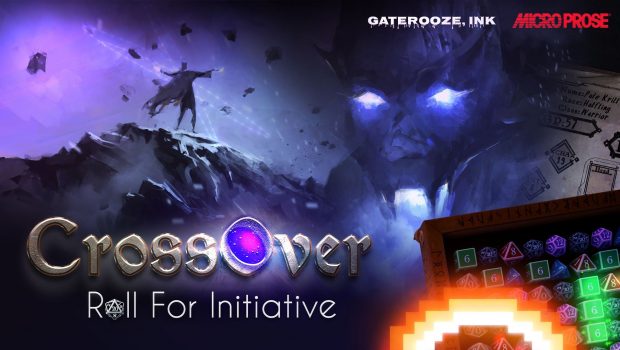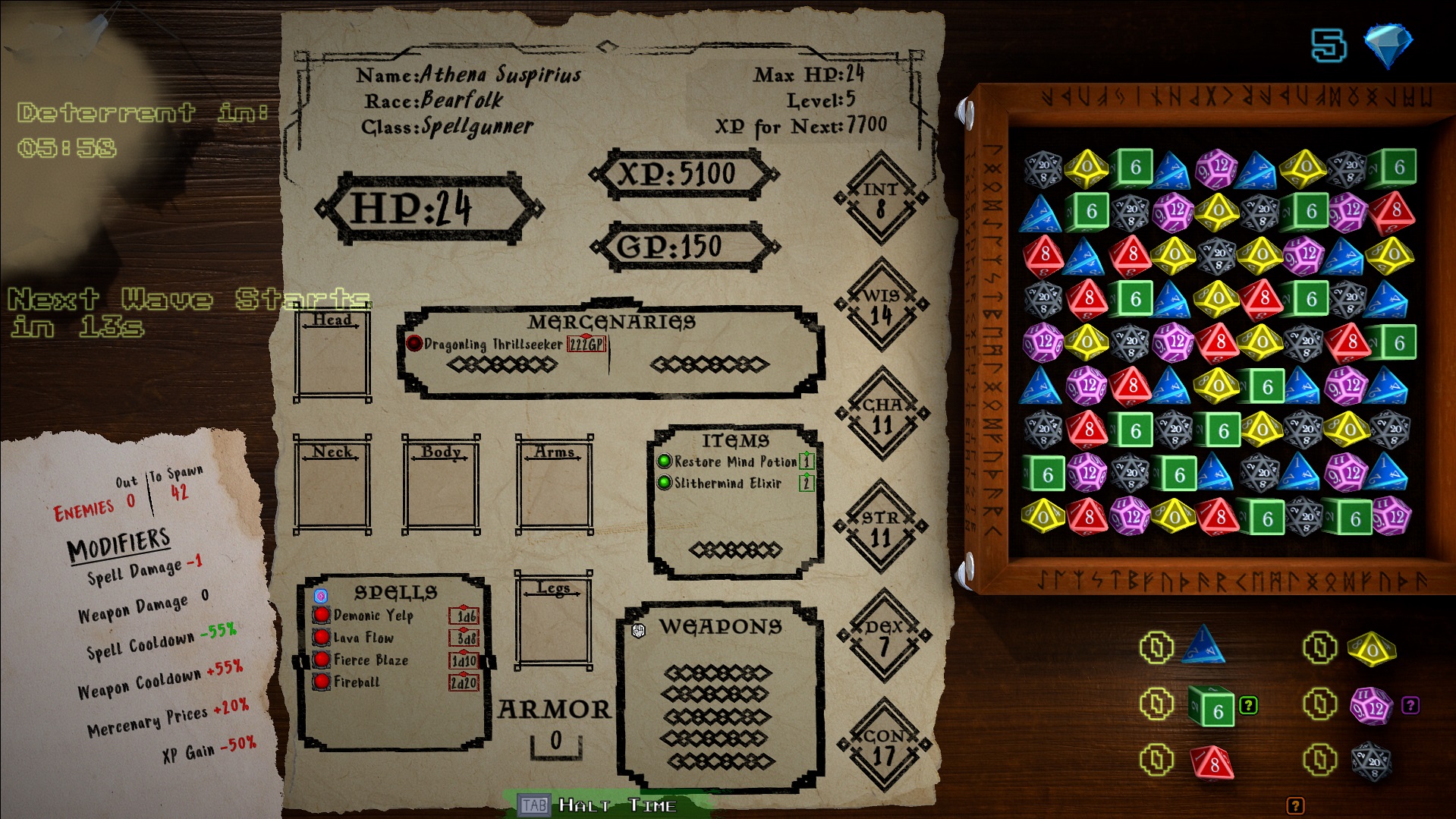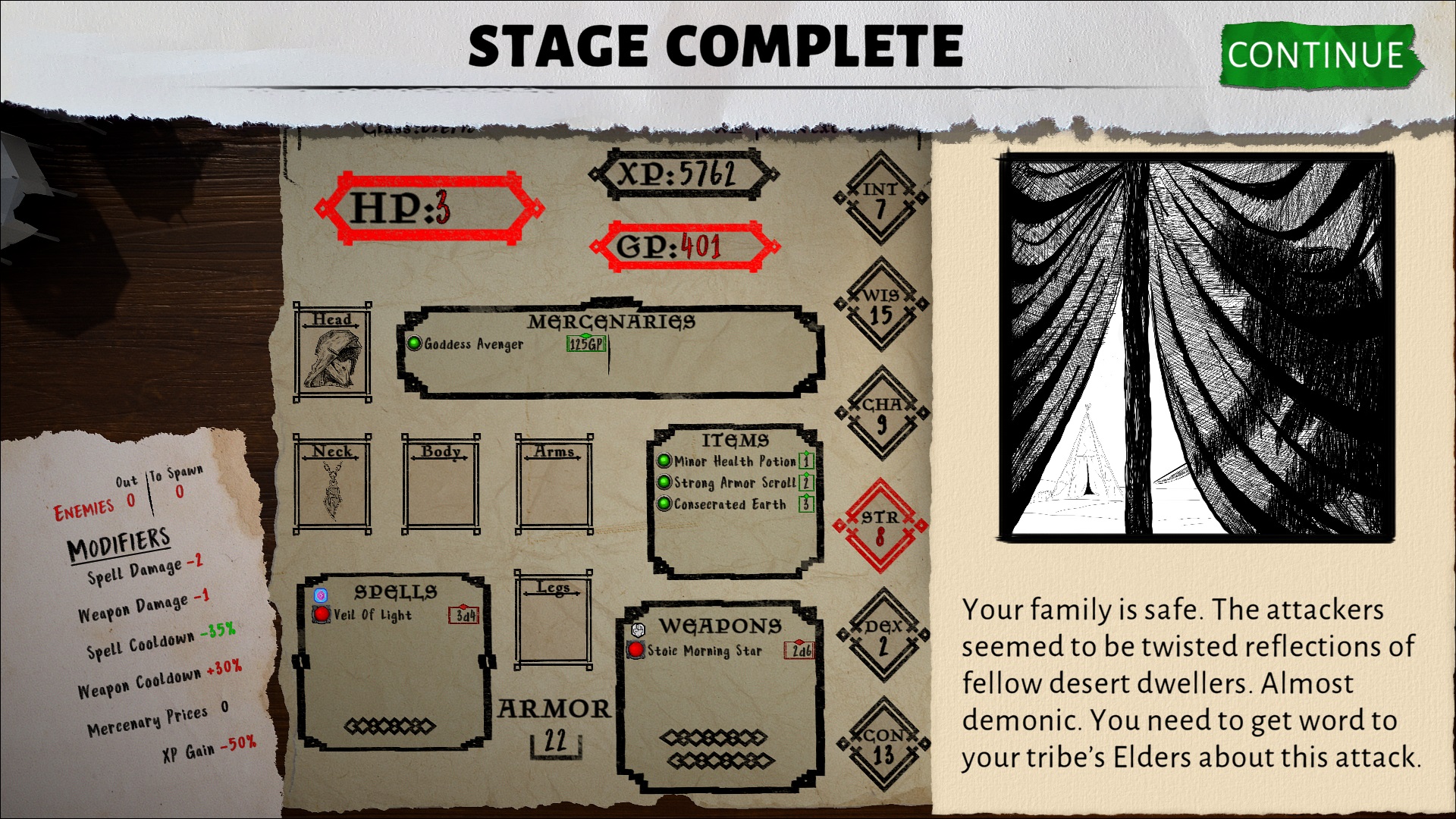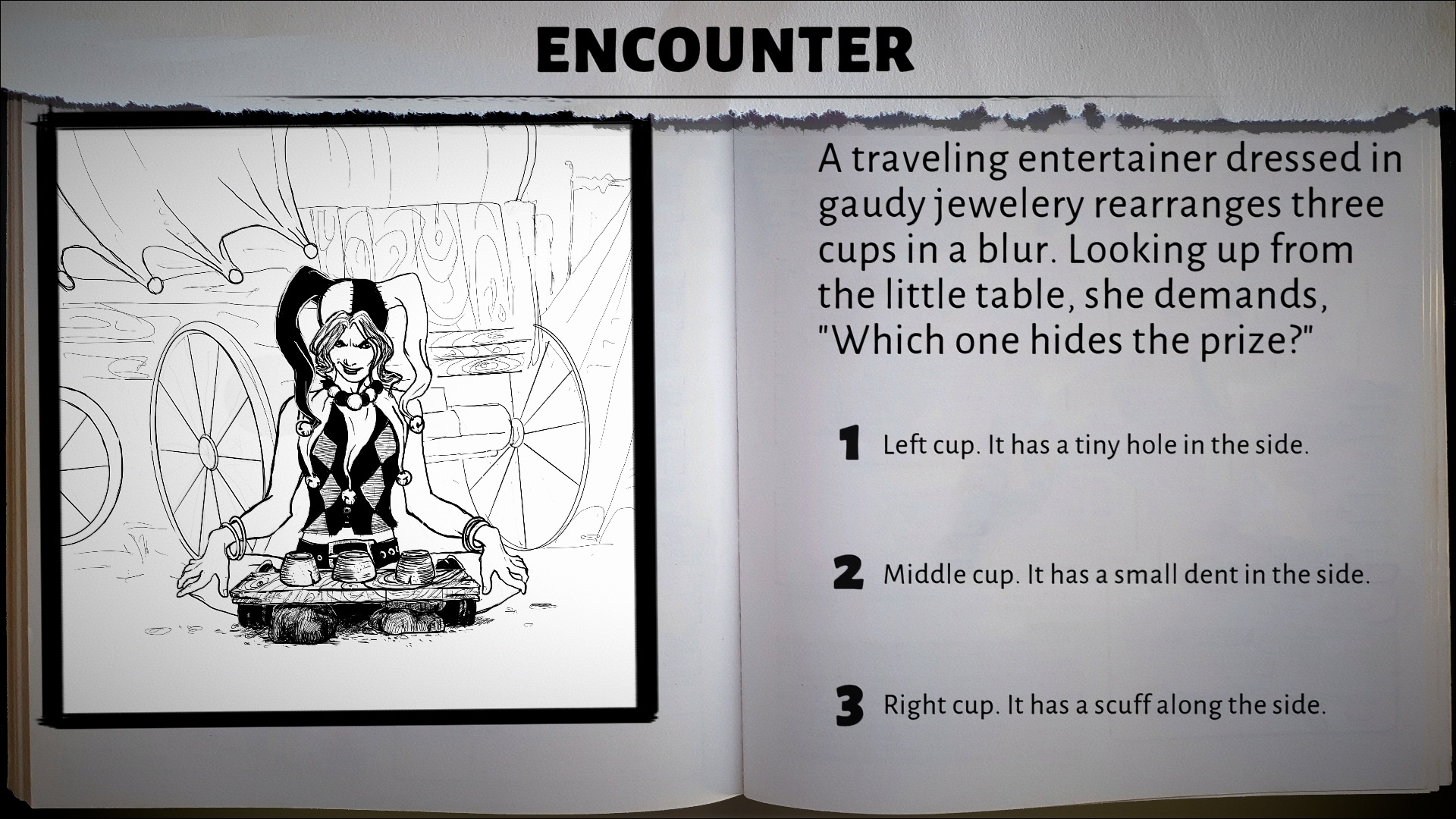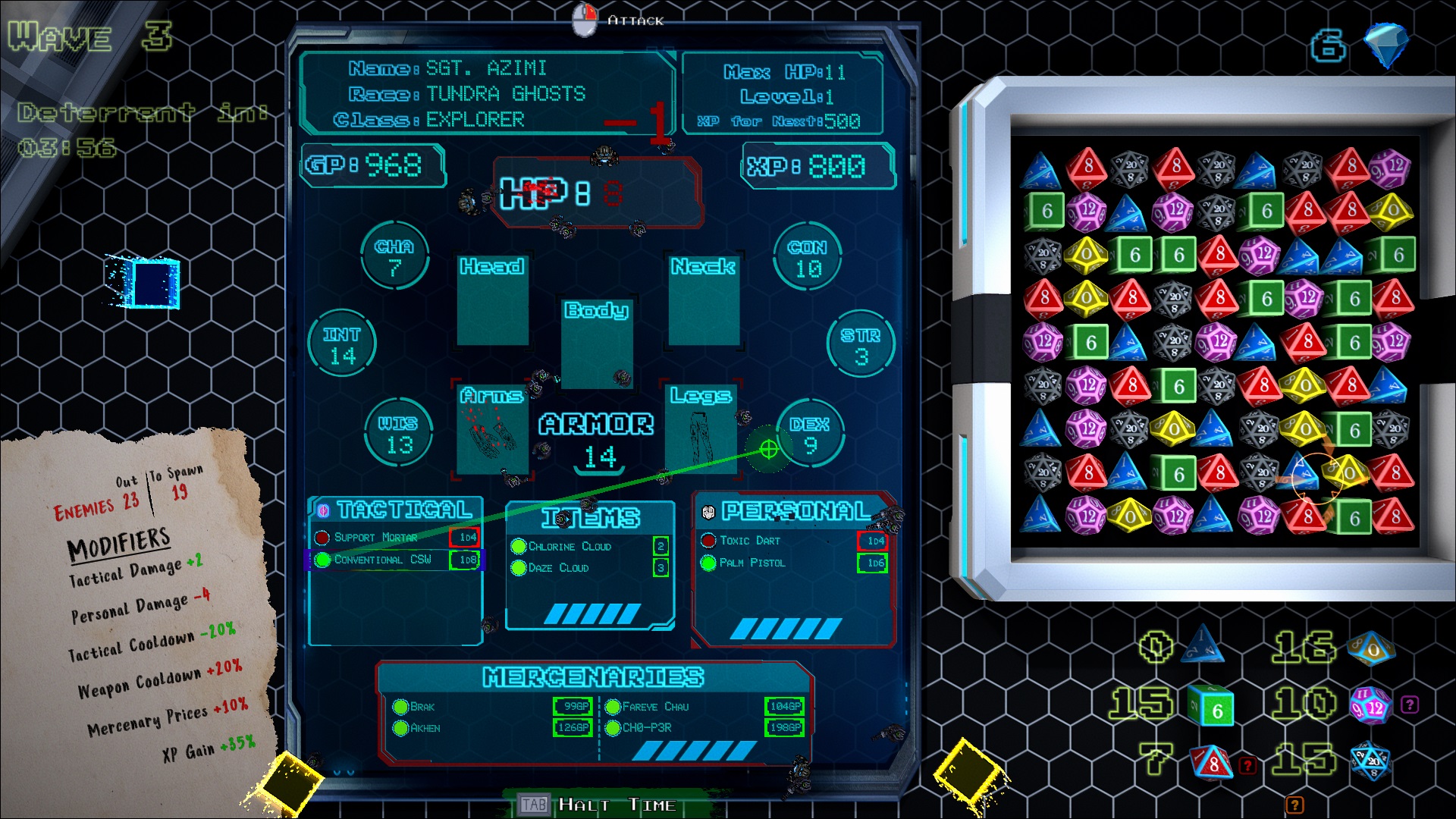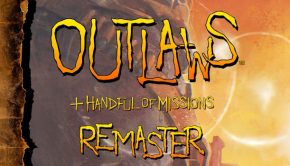Crossover Roll for Initiative PC Review
Summary: Crossover: Roll for Initiative is casual gaming, there's no escaping that, but it's casual gaming for gamers
4
Dicey Business
While some games try their hand at one thing, Crossover: Roll For Initiative does a little of three. It’s part tower defence, part Match 3 puzzler, all held up by an 80s-flavoured RPG mainframe. You’d be forgiven for thinking that it’s genre overkill, but, while each of these elements would be somewhat forgettable on their own, together, they make Crossover an absurdly unique, if a little demanding, take on casual gaming.
Ah, who remembers the 80s? Prepping your upcoming D&D game, only to find yourself suddenly under siege by tiny, pixelated monsters. No? Well if your memories of gaming some thirty years ago are hazy (and maybe less like a scene from Small Soldiers), then Crossover is here to deliver a slice of mullet-era nostalgia. After a mysterious energy fills your bedroom with evil wizards, goblins and everything in between, it’s up to you to defend yourself – and your RPG character sheet – from waves of bad guys.
After picking from one of two themes, a classic medieval-flavoured setting or a futuristic space adventure, Crossover wastes no time introducing players to its USP – or all three of them, as it were. In true tower defence tradition, waves of enemies flood the screen, leaving the player to fend them off with whatever tools are at their disposal. Instead of actual towers, players utilise play-initiated attacks, spells and ally summons to counter foes. Crossover also forgoes tradition in how enemies choose to attack. Rather than stopping enemies from reaching, for example, a specific point on a map, enemies have their sights firmly set on the player’s character sheet, or, more specifically, anything on the character sheet they fancy going after.
At first, it took me by surprise, as I fully expected my health bar to be the object of the enemy’s nefarious desires. Instead, I watched flying imps shoot fireballs at my items, all while an army of nightmarish monsters marched straight for my list of attacks. In the panic, I managed to take out the group of imps, but the monsters managed to disable my strongest, area-damaging broadsword before I could finish them all off. It’s a delightfully silly twist on tired tower defence traditions. Take your eye off an area for too long, and you might find yourself with a spell taken out of action, let things spiral out of control and you could find your equipment fully screwed and, in turn, your stats battered.
Luckily, you aren’t completely useless, and this is where Crossover’s Match 3 aspect comes into play. Flexing a spell or attack is as simple as finding and matching three corresponding dice on the game board at the side of your RPG sheet. For example, do you want to summon a powerful beam of fire to deal massive damage to whoever gets in the way? Match three D12 to earn enough points behind you to unleash hell on your enemies. Of course, match more than three of the same dice and cause a chain reaction to rack up bonuses like extra gold and one-off attacks that damage an entire screen’s worth of enemies. Gold can then be used to summon allies to save you from particularly sticky situations – or can even be used to purchase items and equipment between levels.
But to determine what attacks and powers are yours to command requires you to delve deeper into Crossover’s RPG roots. Before you even begin thinking of taking on waves of bad guys, you first shape a warrior in true DnD style. There are different races and classes, each with unique attacks, stats and dice preferences, so finding the perfect balance is key to victory. There’s plenty of choice, with new combinations available the further you progress through each campaign, with the more traditional oldy-worldy campaign allowing for rogue orcs and magical elf builds while the space-themed setting allows you to put together your very own Space Marine-type hero. Of course, it’s no Baldur’s Gate, but it’s an immersive little system that reminds you of where Crossover draws some of its inspiration.
While all three of Crossover’s parts are simple in execution, as a complete package, for the most part, it works surprisingly well – until things kick up a gear. For a game combining such casual elements, Crossover wears its punishing difficulty curve as something as a badge of honour, but there are times when it’s simply incredibly overwhelming, and it’s difficult to catch a break without pausing a match to give yourself a break from the chaos.
Maybe it’s the speed at which things move, but I constantly found myself struggling with the game’s Match 3 elements the most. Even during my brief pauses, I found it hard to find dice matches – and even worse – matches that I could actually make use of. There were countless times I lost precious resources because luck was simply not on my side, and when I did manage to find a match, it was for a set of dice that none of my attacks could use. In these moments, your only saving grace is to hire as many allies as possible to come to your rescue, but with allies costing precious gold, you end up draining in-game currency that you’ve worked so hard for.
Luckily, if you find Crossover a little too challenging, there’s a generous ‘Casual Mode’, which allows you to turn the difficulty down to whatever suits you. I found with a little tweaking, I enjoyed getting through rounds much more as I could experience some of Crossover’s other aspects before getting Match 3 burnout. I particularly enjoyed how much the game introduces more RPG-etc aspects as time goes on, like weather effects and levels directly affected by the game’s storyline. There are even random events between levels, and while there’s no concern that making a terrible choice in these moments will affect the overall storyline, it’s a fun way of breaking up gameplay all while earning the occasional buff here and there.
Although at launch there are only two campaigns, I found Crossover had plenty of content. As well as several branching storylines for each theme, each with its own unit types and enemies to fight, Crossover is complete with a Co-Op mode, as well as an endless mode and a dice defence mode. The latter plays out more like a traditional tower defence, while endless mode speaks for itself, with both coming complete with a ranked ladder so you can see how well you compete against your fellow players.
Despite its sometimes gruelling difficulty, Crossover is something of a genius idea. Taking three relatively simple ideas that couldn’t be further apart on the gaming spectrum and merging them into one, on paper, sounds like a recipe for disaster, but there’s something about Crossover that just keeps me coming back for more. Even when it frustrates me, surviving a round with my health battered, my armour gone and only my most basic attack left is wickedly satisfying stuff, pushing me to continue to see just how far I can get. Crossover: Roll for Initiative is casual gaming, there’s no escaping that, but it’s casual gaming for gamers.


